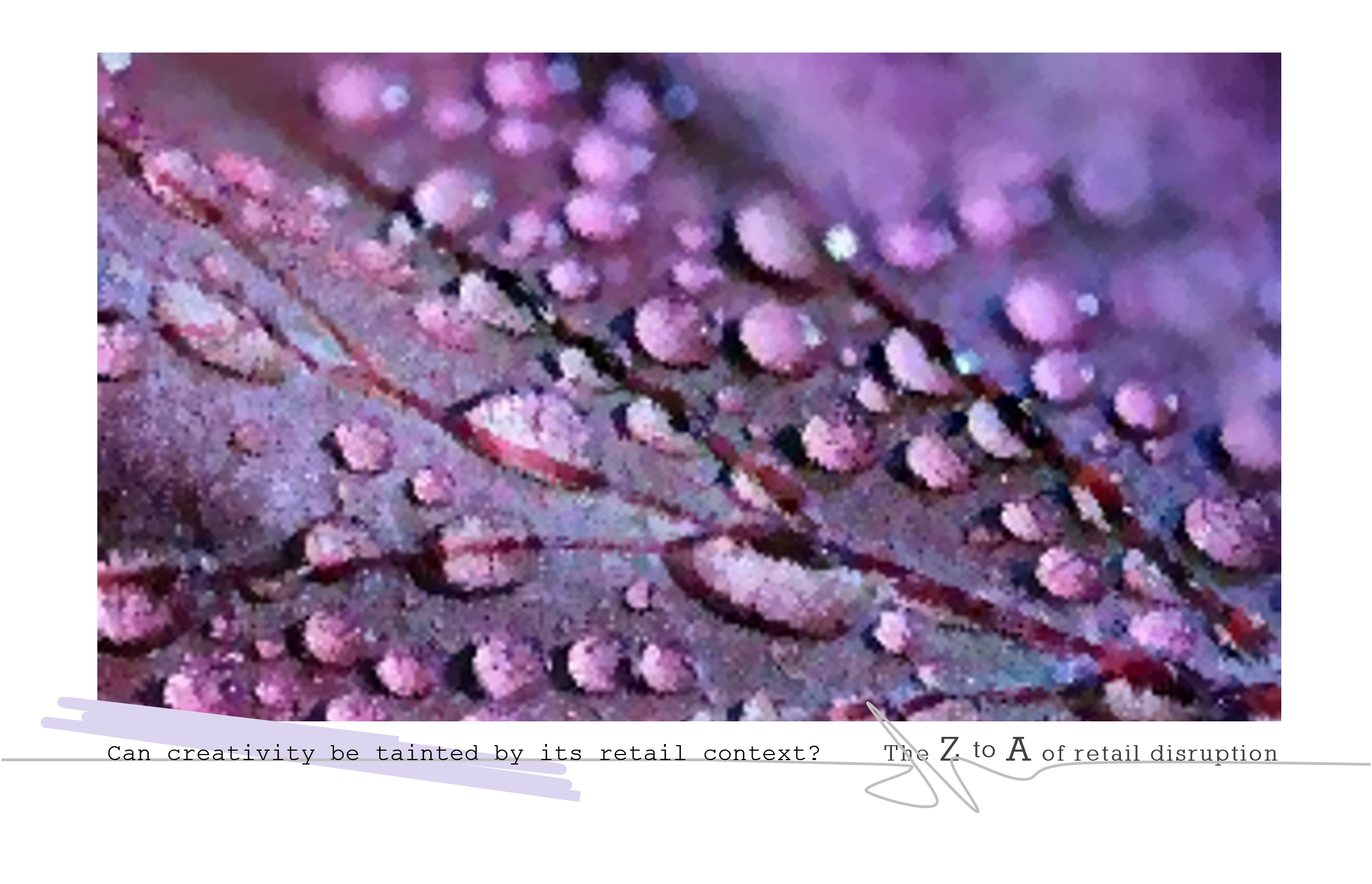Is it right to celebrate beautiful retailing, from less than beautiful retailers?
This is a conundrum I consider every time I come across an amazing new shop, but from a business I prefer not to buy from. Can creativity be tainted by its retail context?
In the same way that we are often told to keep sport separate from politics, I wonder whether it is right that we separate design perfection from less than perfect business activities, in an era where sustainability, ethics and governance are so important to so many people.
On the one hand, it is completely possible to admire the individual elements and outputs of retailing and appraise them simply on what they are. Crafted fixtures and furniture, exquisite visual merchandising and displays, products cleverly designed with an appreciation of materials, texture, and aesthetic excellence; these can all be lauded irrespective of the company that creates and produces them.
Individual skills can be celebrated. Corporate irresponsibility can be challenged.
On the other hand, there is now so much more to being a retail brand than building shops, and filling them with merchandise, no matter how beautiful. And today’s customer is fully aware of that. Shop design and product display are used to tell compelling and irresistible brand stories. How can even the purest product narrative, displayed in front of our eyes, be reconciled with a less than genuine and transparent brand reality.
I would like to believe that badly run businesses, badly run regarding ethics, regarding sustainability and governance, simply cannot produce genuinely beautiful and amazing shopping experiences.
Is it possible that a CEO can appreciate and fund the intricacies of fabrics & materials, the subtlety of mood and atmosphere, and yet be guided only by the colour of money? Is it realistic that a business boardroom will invest time and capital for the customer’s delight and experience, if it simultaneously attacks its supply chain and suppliers with a morally blunt instrument?
Of course, artifice has always been one way to commercial success, and retail has always been expert in creating perception, if not usually deception. The creation of that perception today applies as much to social media & marketing as it does to bricks & mortar. But today’s customer is not so easily deceived and will not respond favourably at attempts to do so.
My personal litmus test for brand integrity are the people that serve me in shops. It is difficult to think of a wonderful shop experience that does not involve amazing people.
My years of working with so many people, across such a variety of businesses, makes it difficult for me to believe that such enthusiastic and passionate brand advocates can survive and flourish in a wider corporate culture that exploits and intimidates the people it employs.
So, can we rest easy, assured that beautiful shops, come only from equally beautiful brands? That only genuine and ethical employers can nurture engaged and loyal employees.
Is it OK to admire, in splendid isolation, the gems of shop design and product creation? To marvel at the skilled hands that produce perfection, against the imperfect minds and motives of those who fund them?
Can we admire diamonds for what they are, in a minefield of subjective and personal viewpoints?
So many questions. I would be truly fascinated to hear what everyone has to say.
